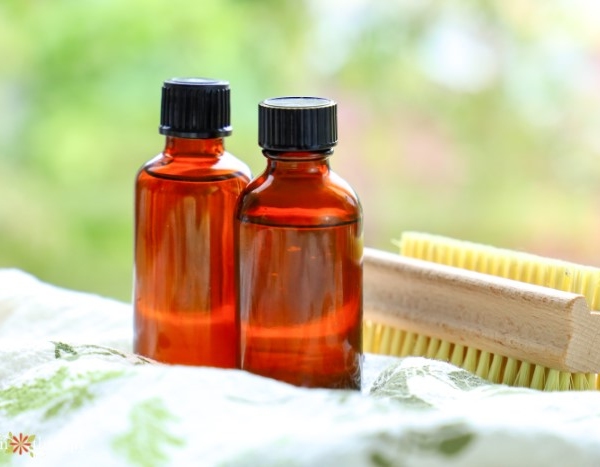Landscapers may be concerned they will lose a customer if they tell you all of their secrets. Or you don’t ask the right questions because you don’t know what they are. Either way, more information usually results in a better-looking yard and more confidence in your landscaper.

11 Landscaping Secrets You Should Know
Quality landscaping adds value to your property and improves curb appeal. It can also return over 100% of your investment when the house is sold. It is well worth your time to get more information.
Pesticides and Chemicals Are Dangerous–To Pets and You
Know what things the landscaper is using on your lawns and gardens. Some pesticides and chemicals make your pets sick and may even kill them. Some chemicals are also linked to human illnesses such as liver disease and Parkinson’s. Ask what products your landscaper is using and about alternatives.
Don’t Use Red Mulch
Red mulch often contains arsenic and other chemicals that are harmful to children and pets. It contaminates your soil and costs more than other mulches. Most landscapers won’t try to talk you out of using it.
Weed Control Has a Best-Before Date
Regardless of how much weeding is done and chemicals are used, weeds eventually reappear in your lawns and gardens. Wind, pets, and wildlife bring more weed seeds. Your landscaper or you will have to maintain the yard.
Some Weeds Are Perennials
Perennial weeds re-appear every year. Pre-emergent herbicides are not effective against them. Dandelions, for instance, must have exposed leaves to absorb the chemicals and take them into the root system.
One and Done Is Not True
One spring-time application of fertilizers, pesticides, and herbicides is not sufficient for the year. Lawns and gardens need regular applications to remain in top condition.
Weed Fabric Is a Waste
Putting down weed fabric is a waste of time and money. It prevents most of the existing weeds from growing through them. Dirt, dust, water, and weed seeds just combine on top of the fabric to start a second layer of unwanted growth. More fabric does not fix the problem.
Don’t Bag Grass Clippings
Grass clippings provide an excellent food source for the bacteria and earthworms that build and strengthen lawns. The lawn looks a little scruffy when first mowed but it only takes about a day for the clippings to sink into the thatch. You are not paying to have them picked up and hauled away. Leaving grass clippings also saves on fertilizer costs.
Don’t Bag Leaves
Don’t pay a landscaper to bag and remove leaves. Run a lawnmower over them using a mulching blade. The resulting mat slows weed growth and adds nutrients to the soil. They should be decomposed by spring.
This is only an effective strategy if your lawn has a light layer of leaves. Leaf cover measured in inches may need to be picked up.
Don’t Over-Water
Your lawn needs about one inch of water every week. Or every five days in hot weather. Infrequent watering creates a strong root system. Daily watering weakens plants.
Get a Firm Quote – In Writing
Landscaping involves more than giving the neighbor kid $20.00 to mow your lawn. Large landscaping jobs easily run into tens of thousands of dollars. Reputable firms prefer to give you sticker shock up front than try to collect on “extras” at the end of the job. Ask for another quote for every change made while the job is in progress. Get two or three quotes before starting.
You May Not Need a Landscaper
If you enjoy yard work, have the time, and knowledge, pay a landscape designer for a plan–then do the job yourself. It may take more time but can be gratifying and much less expensive. Very few landscapers–if any–will try to convince you not to hire them.


